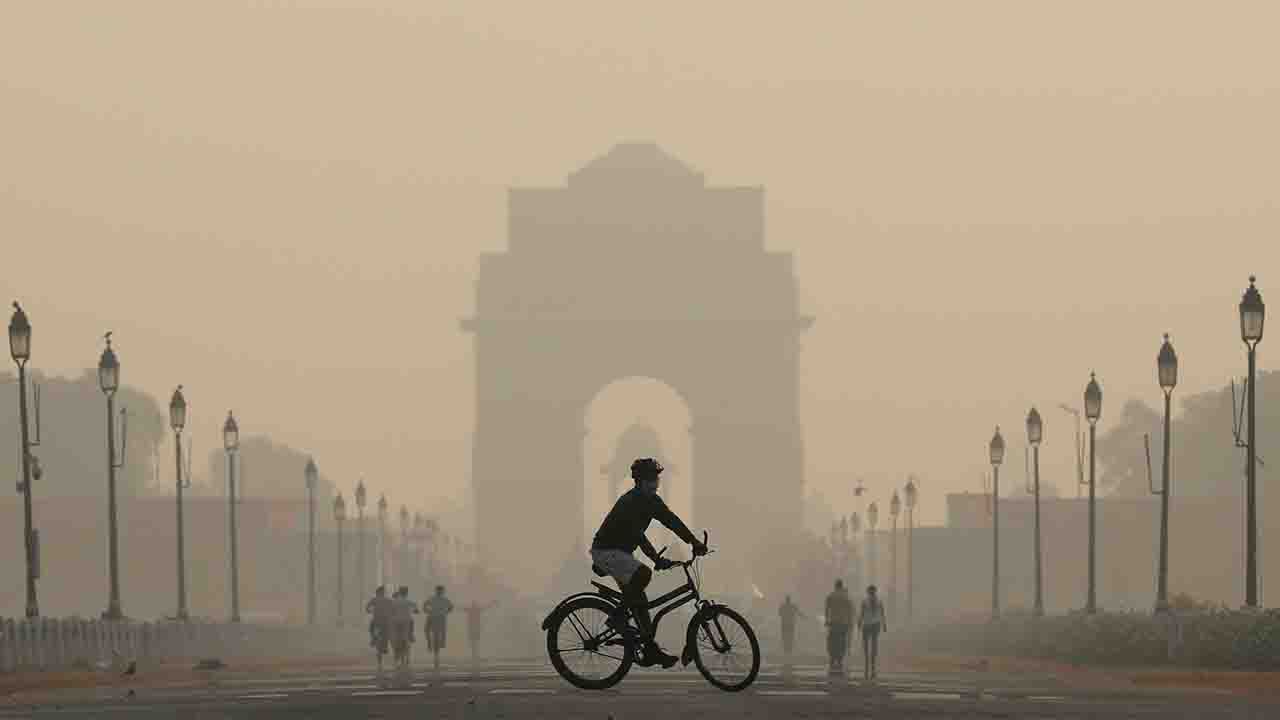In recent years, India has witnessed a significant shift in its approach towards environmental conservation and sustainable development. With a burgeoning population and rapid industrialization, the country has faced daunting challenges in terms of air pollution and its adverse effects on public health. However, India has embarked on a transformative journey known as the “Green Revolution,” which aims to tackle air pollution and promote clean energy solutions for a healthier and more sustainable future.
Air Quality Concerns and Health Impacts
Air pollution has emerged as a pressing concern in India, particularly in densely populated urban centers. Factors such as vehicular emissions, industrial activities, construction, and biomass burning have contributed to the deterioration of air quality, leading to severe health implications. Respiratory illnesses, cardiovascular diseases, and even premature deaths have become alarmingly common due to prolonged exposure to polluted air.
Policy Interventions and Regulatory Measures
Recognizing the urgency of the situation, India’s government has implemented a series of policy interventions and regulatory measures to combat air pollution. Initiatives such as the National Clean Air Programme (NCAP) have been launched to monitor air quality, set pollution reduction targets, and encourage collaboration between various stakeholders. Stringent emission norms for industries and vehicles have been introduced to limit harmful pollutants and promote cleaner technologies.
Promotion of Clean Energy
A cornerstone of India’s Green Revolution is the push for clean and renewable energy sources. The country’s ambitious target to achieve 175 gigawatts of renewable energy capacity by 2022 showcases its commitment to transitioning away from fossil fuels. Solar power, wind energy, and hydroelectric projects have gained traction, with increased investments and incentives for both public and private sectors. These efforts not only reduce greenhouse gas emissions but also create job opportunities and enhance energy security.
Advancements in Electric Mobility
India’s transportation sector has been a major contributor to air pollution, primarily due to the dominance of internal combustion engine vehicles. To address this issue, the country is fostering the adoption of electric vehicles (EVs). Subsidies, tax incentives, and the establishment of EV charging infrastructure have accelerated the shift towards cleaner transportation options. Moreover, electric mobility not only reduces air pollution but also decreases the nation’s dependence on fossil fuel imports.
Challenges and the Way Forward
While India’s Green Revolution has made commendable progress, challenges remain on the path to sustainable development. The transition to clean energy sources requires substantial investments, technological advancements, and a robust regulatory framework. Balancing economic growth with environmental preservation is a delicate task that demands careful planning and execution. Furthermore, raising awareness and encouraging active participation from citizens are crucial aspects of creating a sustainable and pollution-free environment.
India’s endeavor to tackle air pollution and promote clean energy reflects a profound commitment to safeguarding both the environment and public health. The Green Revolution, through its comprehensive approach encompassing policy reforms, technological innovation, and behavioral change, serves as a model for other nations grappling with similar challenges. As the country continues its journey towards sustainability, collaboration between governments, industries, and citizens will play a pivotal role in ensuring a greener and healthier future for generations to come.








